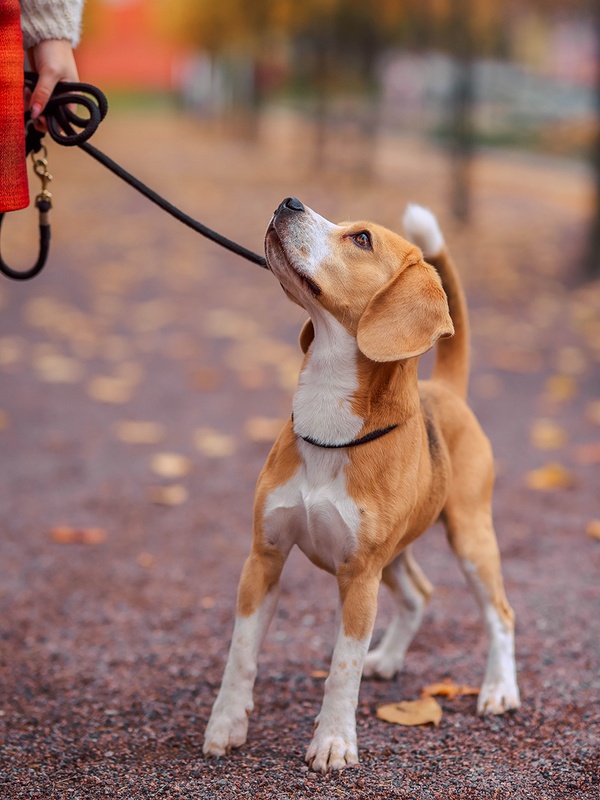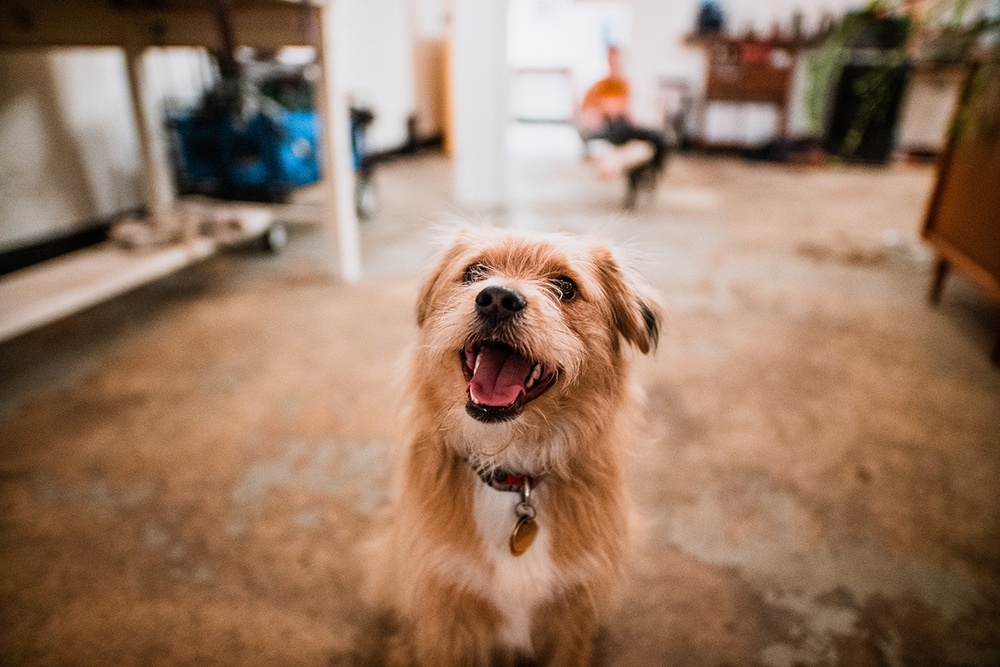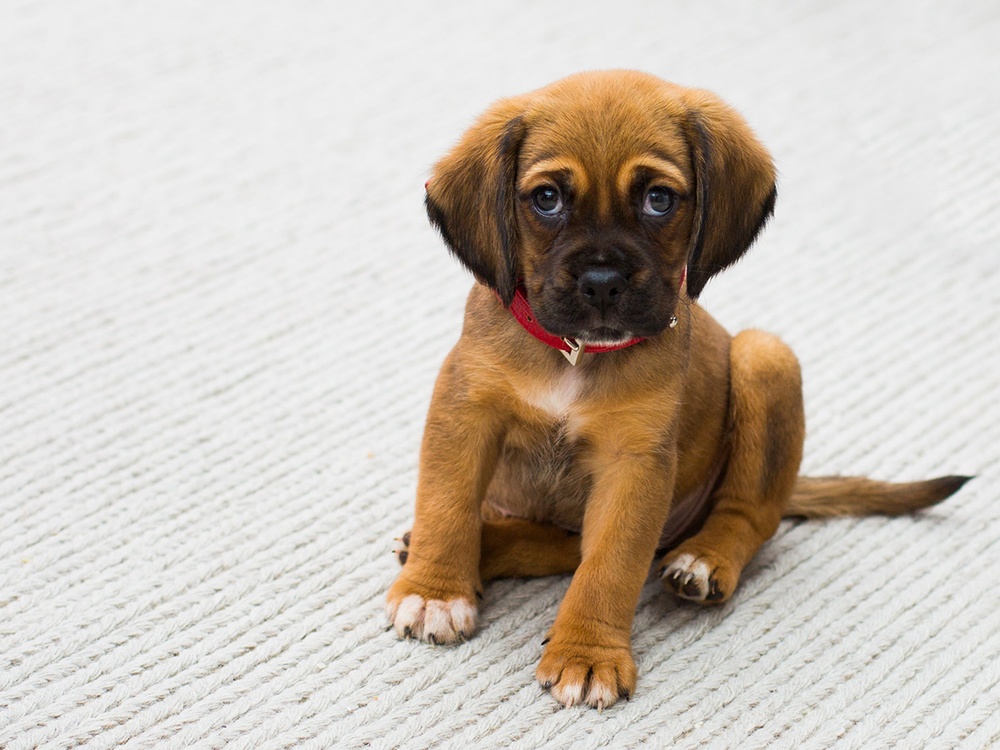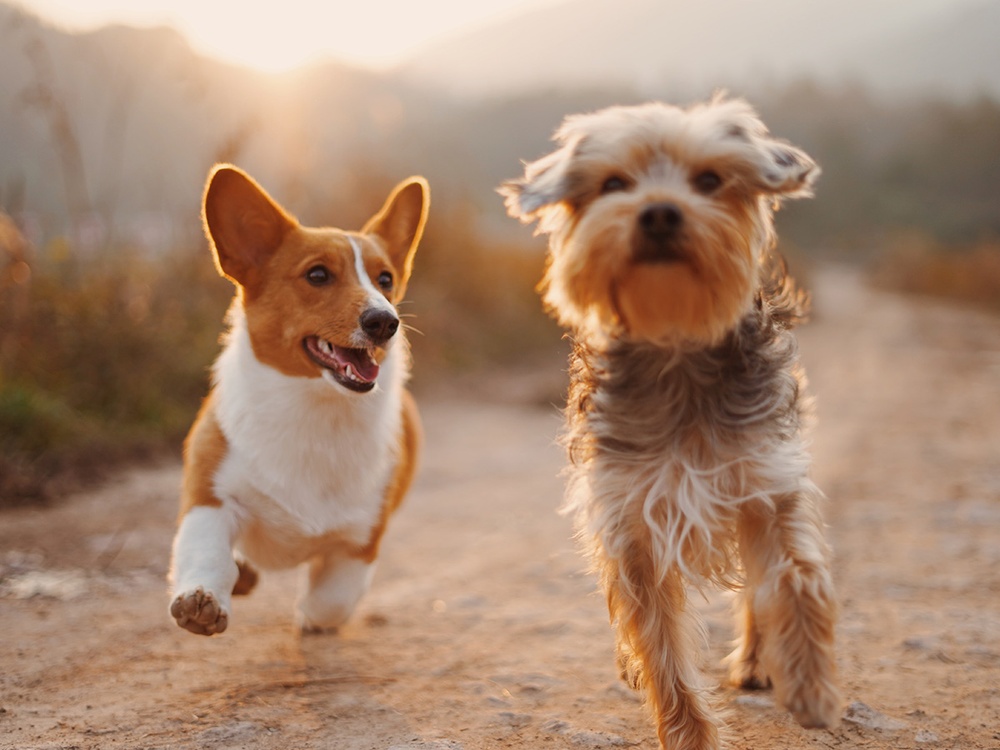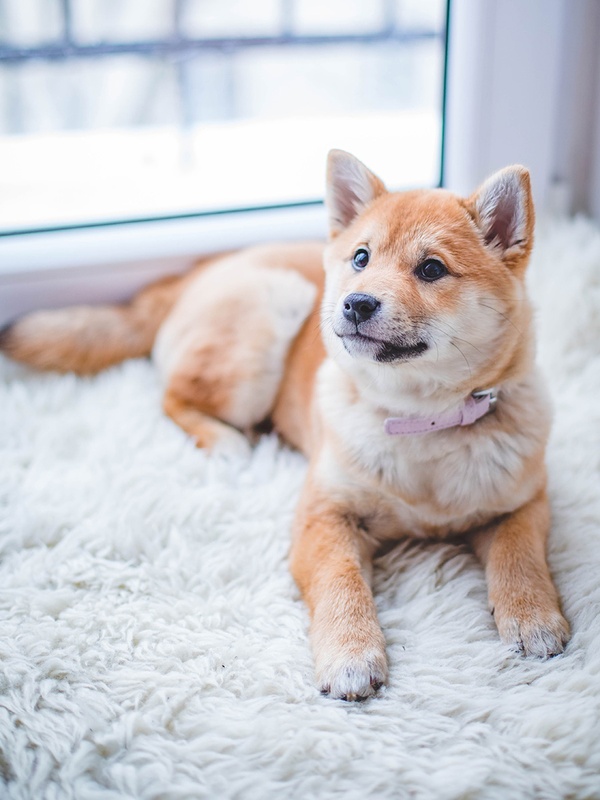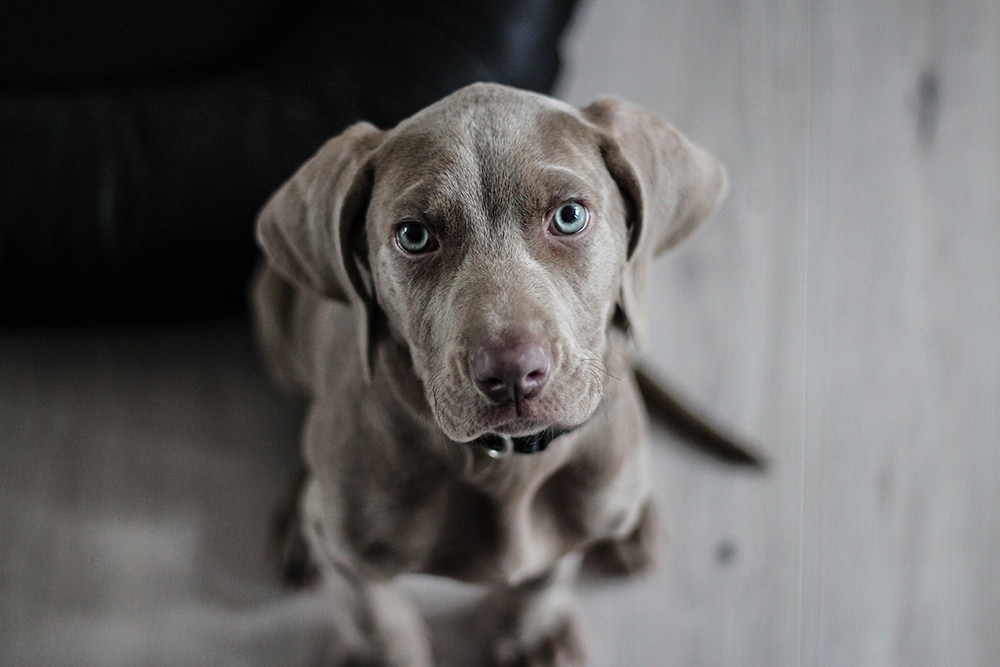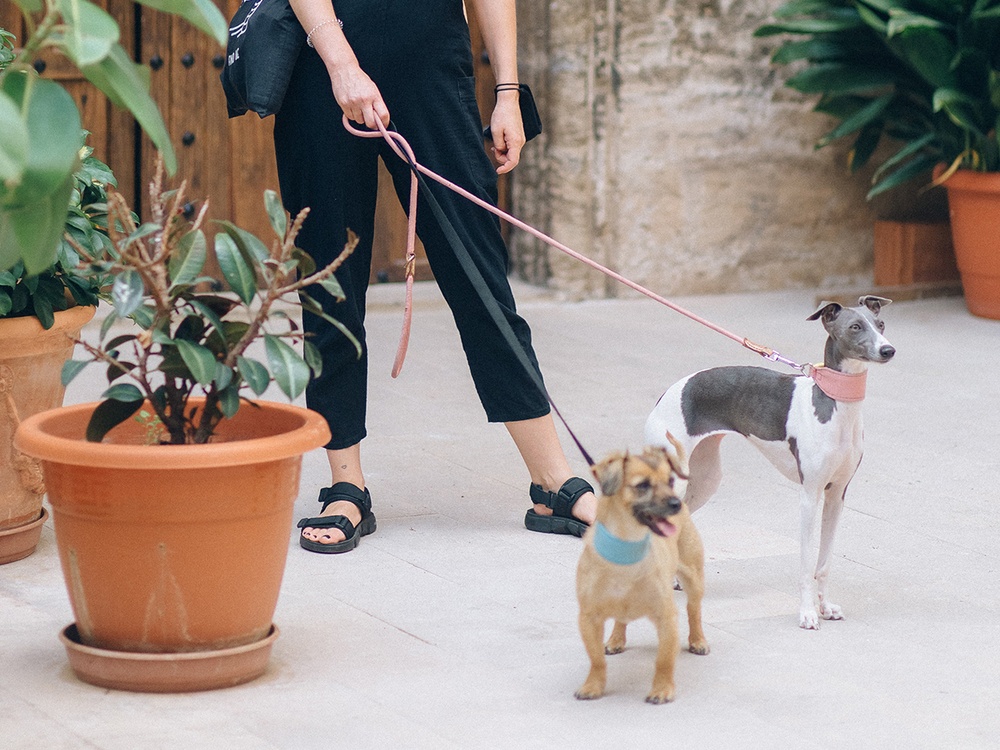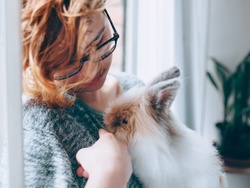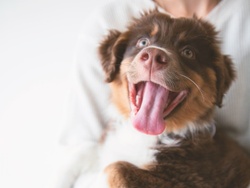The 5 Stages of Parvovirus and Signs to Watch Out for
Parvovirus is one of the scariest and most common diseases that can afflict puppies. It's a virus that can be deadly if left untreated. Luckily, if you know the stages of parvo and how they will affect your pet, you can get them to a veterinarian to begin treating them as soon as possible.
What is Canine Parvovirus?
Canine parvovirus, better known as "parvo" or CPV, is a viral disease that attacks the gastrointestinal and immune system in dogs. Parvo is a DNA virus, which primarily targets the body's rapidly dividing cells, specifically the intestines and bone marrow.
While parvovirus is most common in puppies and young dogs, it can sometimes affect older dogs if not appropriately vaccinated. Luckily, parvo is preventable thanks to the parvovirus vaccine. This vaccine greatly reduces your pup's chance of contracting the illness.
How do Dogs Get Parvovirus, and Is It Contagious?
The scary part about parvovirus is that it's extremely contagious and spreads easily. Like all viruses, parvovirus can get passed from dog to dog or is picked up from the environment. Once a dog contracts parvovirus, it can pass the disease to other dogs through their feces. It's also possible for dogs to contract parvovirus from a surface or item that the virus has come in contact with.
While parvo is very contagious among dogs, it can't get passed to a cat or human, which makes it a condition specific to dogs.
Parvovirus Clinical Signs
If your puppy has parvovirus, it may not show any signs for several days to up to one week. Although parvovirus takes its time manifesting initially, it's a very fast-moving disease.
The first signs your pup will likely show are a lack of appetite and lethargy. Even though your dog isn't eating or doing much, its stomach may start to bloat. It's also possible that they'll develop a fever. Throughout the course of the infection, vomiting and diarrhea are also very likely to occur.
Additional symptoms of parvovirus include:
- Fever
- Anorexia
- Rapid heartbeat
- Dehydration
- Pain and discomfort
- Lethargy
- Severe diarrhea
- Drop in body temperature
How is Parvovirus Diagnosed?
To confirm the diagnosis, you'll have to take your puppy to a veterinarian, who will perform a fecal swab. The test to diagnose parvo is very brief and typically only takes 10 to 15 minutes.
If the test results in a negative result, that doesn't necessarily mean your dog doesn't have parvovirus. It can take several days to become positive. If your veterinarian is fairly certain that parvovirus is to blame, they may order more tests to confirm or disprove their theory.
How is Parvovirus Treated?
Once the diagnosis is confirmed, it's important to begin treatment immediately. Parvovirus usually causes severe dehydration and malnutrition because dogs have profuse vomiting and diarrhea. Therefore, the first stage of parvovirus treatment usually involves intravenous fluids and other methods of getting nutrients into your dog to strengthen and rehydrate them.
They may also be treated with antibiotics to reduce the risk of infection. If you catch parvo early enough, there's a 90% survival rate for dogs who are treated appropriately. It will also be up to you to continue caring for your dog at home as they make their recovery, and your vet will give you specific instructions on how to do that.
What are the 5 Stages of Parvovirus?
Stage 1: Infection
As with any disease, the first stage is when you become infected. Your dog can get parvovirus from another dog's feces, dirt, contaminated surfaces, or from anywhere else in the environment. Parvo is a resilient virus that can survive in the environment for up to a year and continue to infect dogs.
Stage 2: Incubation
Incubation is the period between when your dog contracts the parvovirus and when itbegins to take hold of the body. Typically, this period lasts between 3 and 7 days. While your dog isn't displaying symptoms of parvovirus during incubation, the virus is hard at work inside of their body.
The only goal that parvovirus has while inside your dog is to divide and conquer. It does this by attacking vulnerable parts of the body.. These include the bloodstream and the lymphatic system, which provides the virus with easy access to all parts of your dog.
Parvovirus also targets areas where cells divide rapidly, such as your dog's bone marrow and intestines.
Stage 3: Physical Symptoms
Once the incubation period is finished in the initial 3-7 days, your dog will start displaying physical symptoms. It's vital that you take note of the moment physical symptoms appear and contact your vet immediately. Because the intestines become damaged, vomiting, diarrhea, lack of appetite, and lethargy are the most pronounced symptoms.
Stage 4: Diagnosis
Once you contact your veterinarian and explain the situation, they'll likely recommend that you bring your dog in for an appointment. If they suspect parvovirus, they will perform a fecal test to confirm the diagnosis. The sooner they have a diagnosis and start treatment, the better your dog's chances are of surviving.
Stage 5: Treatment and Recovery
How quickly and if your dog recovers depends on how soon they're diagnosed and treated. If caught in the early stages, dogs with parvovirus will likely recover fully. However, initial treatment usually involves medications and IV fluids at the veterinary clinic or emergency animal hospital, with long term care at home.
Hospital stays vary, but they can last for anywhere from one to ten days, depending on the severity of the disease and how quickly they take to recover.
During the recovery stage, you must feed your dog food that's bland and easy to digest. It will take time for their system to reboot fully, and you want to make it as easy on them as possible.
What is the Prognosis for Dogs With Parvovirus?
If you catch parvo in the early stages, the survival rate is around 80% to 90%. However, the longer you wait, the slimmer those chances get. Ultimately, most dogs with parvovirus that don't make it will die from shock, dehydration, or sepsis.
How to Protect My Dog From Parvovirus
The best thing you can do to protect your dog from parvovirus is to have them vaccinated when they're a puppy. Vaccinated puppies are far less likely to contract and die from parvovirus than unvaccinated ones. The parvovirus vaccine is considered a core vaccine and should be given to puppies every three to four weeks between the ages of 6 and 16 weeks.
Another way that you can protect your dog from parvovirus is to limit their exposure to potential virus hotspots. These locations include dog parks, doggy day care, kennels, and public parks. Essentially, anywhere that dogs gather in large groups is a potential hotspot for parvovirus. Unless your dog is fully vaccinated, you should avoid these areas.
When to Call a Veterinarian
We can't express enough that the key to successfully treating parvovirus is an early diagnosis and an aggressive treatment plan. The second your dog shows any of the telltale signs of parvovirus, you should call your veterinarian. They will advise you accordingly and facilitate your dog getting the care it needs.
Fact checked by Veterinarian

Dr. Paula Simons is an Emergency and Critical Care veterinary resident on her way to becoming a veterinary criticalist. She is originally from Philadelphia, Pennsylvania, and completed her veterinary training in Ontario, Canada, at Ontario Veterinary College. Dr. Paula Simons has a particular interest in critical care nutrition, trauma, and pain management. She enjoys the management of surgical patients and troubleshooting complex cases. Additionally, she is a huge advocate for her patients and ensuring their comfort. She has two cats named Moo and Kal, whom she loves dearly. More About Us
